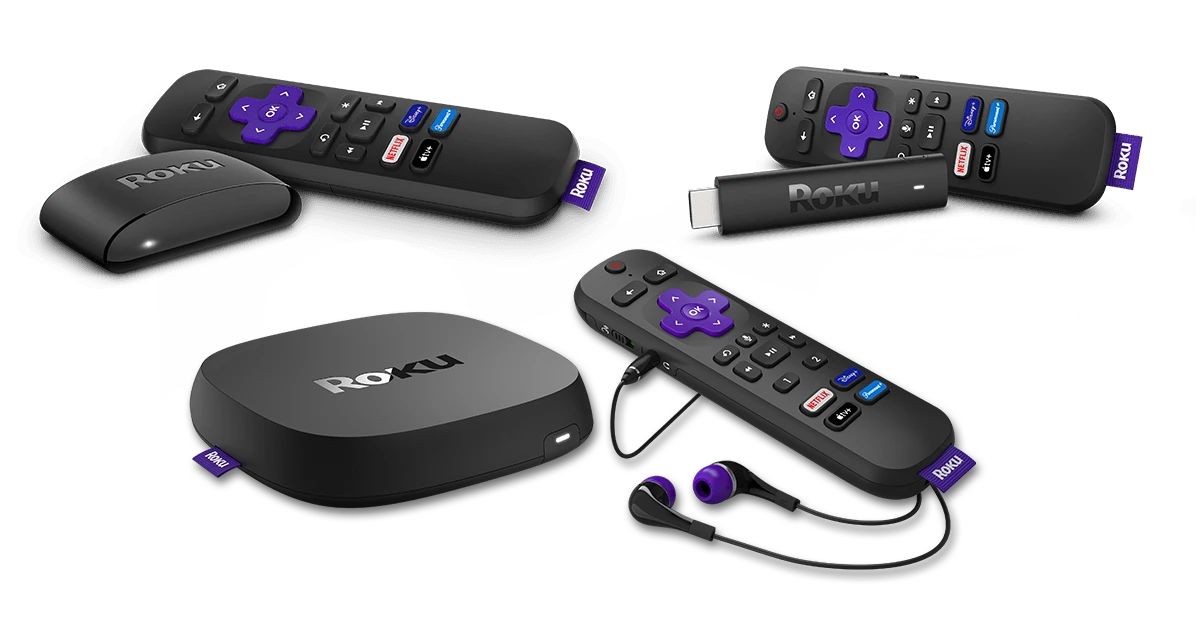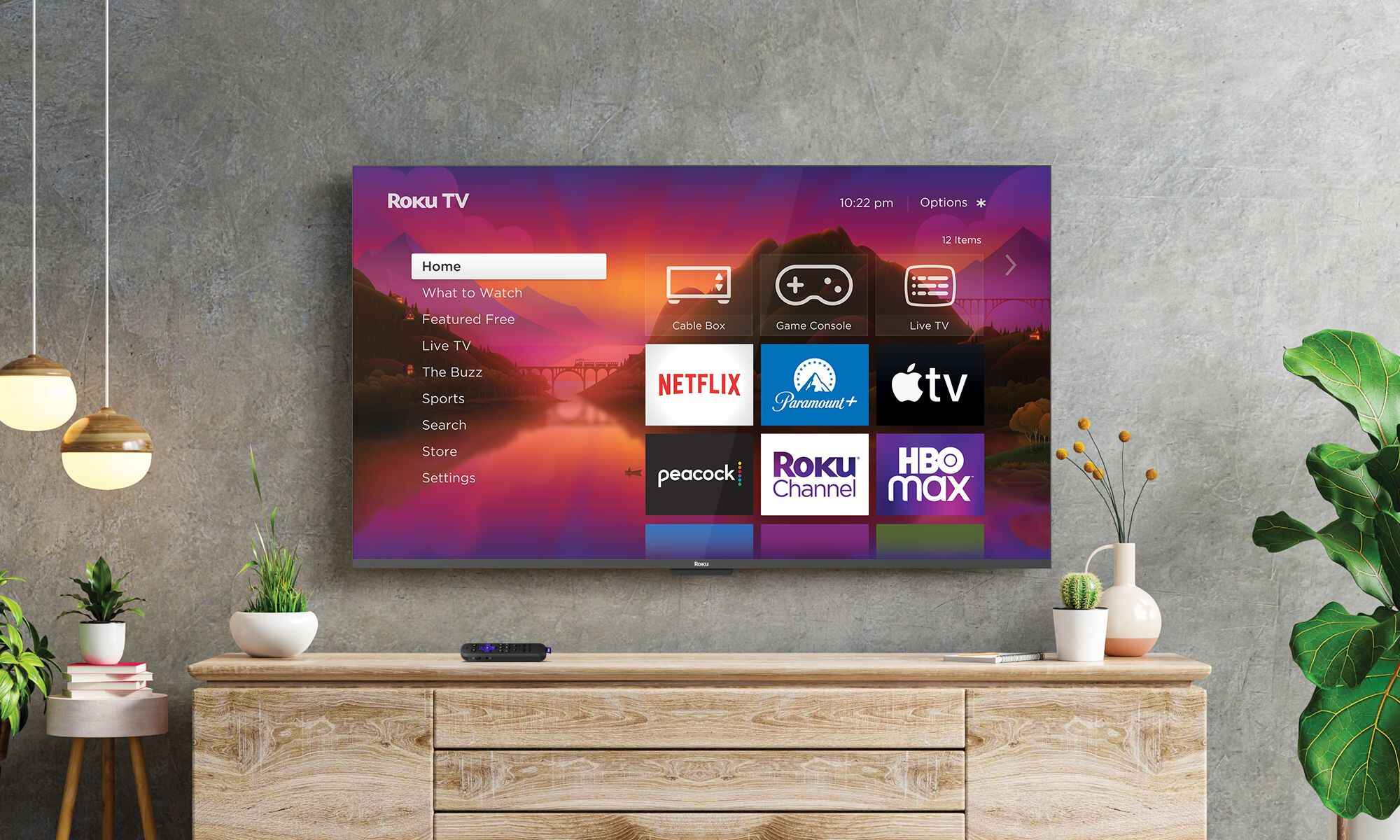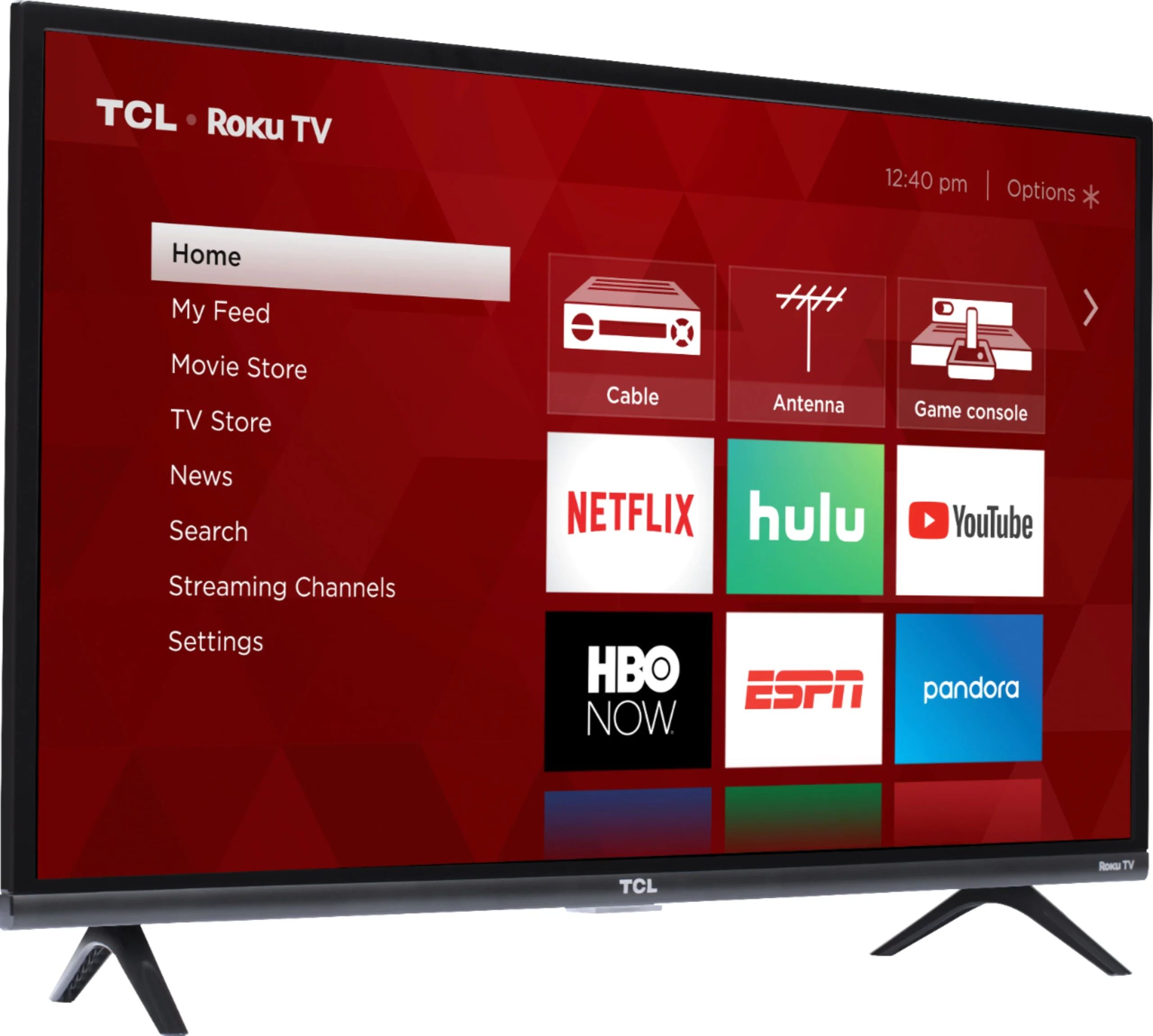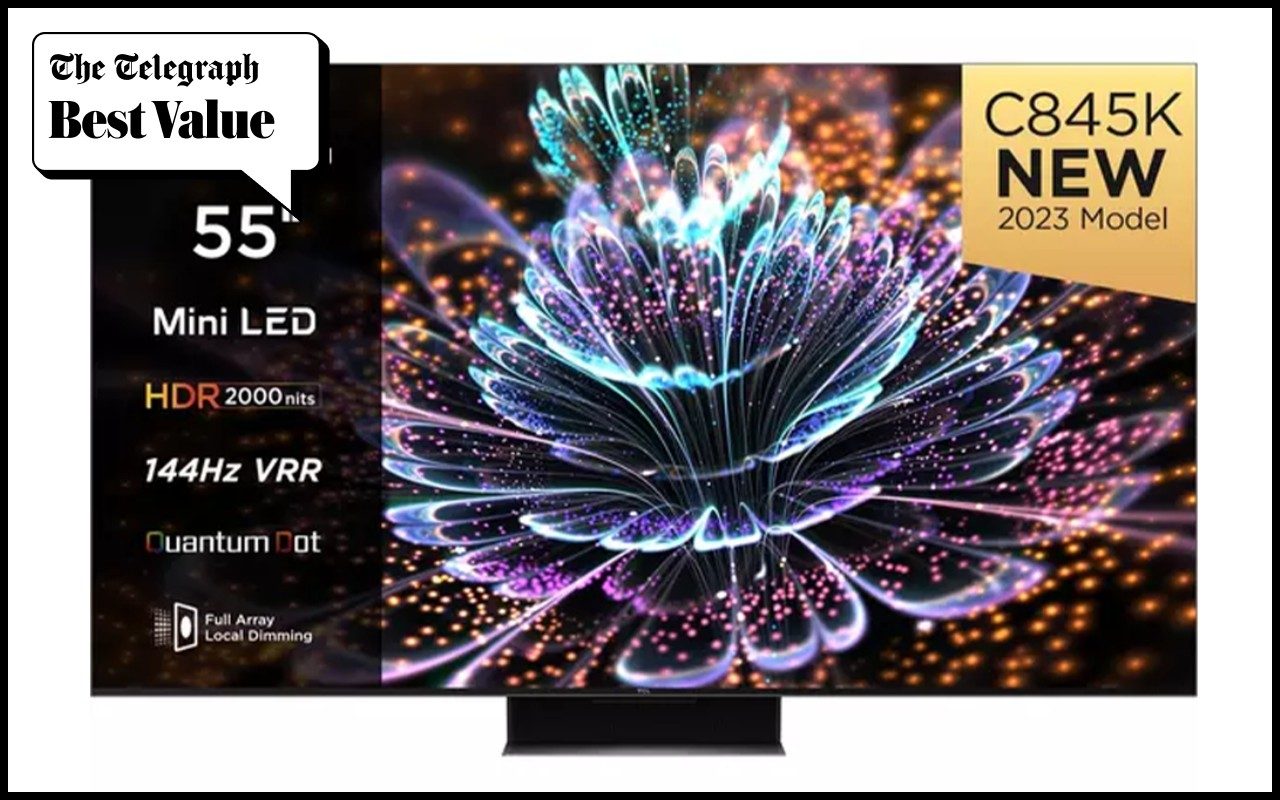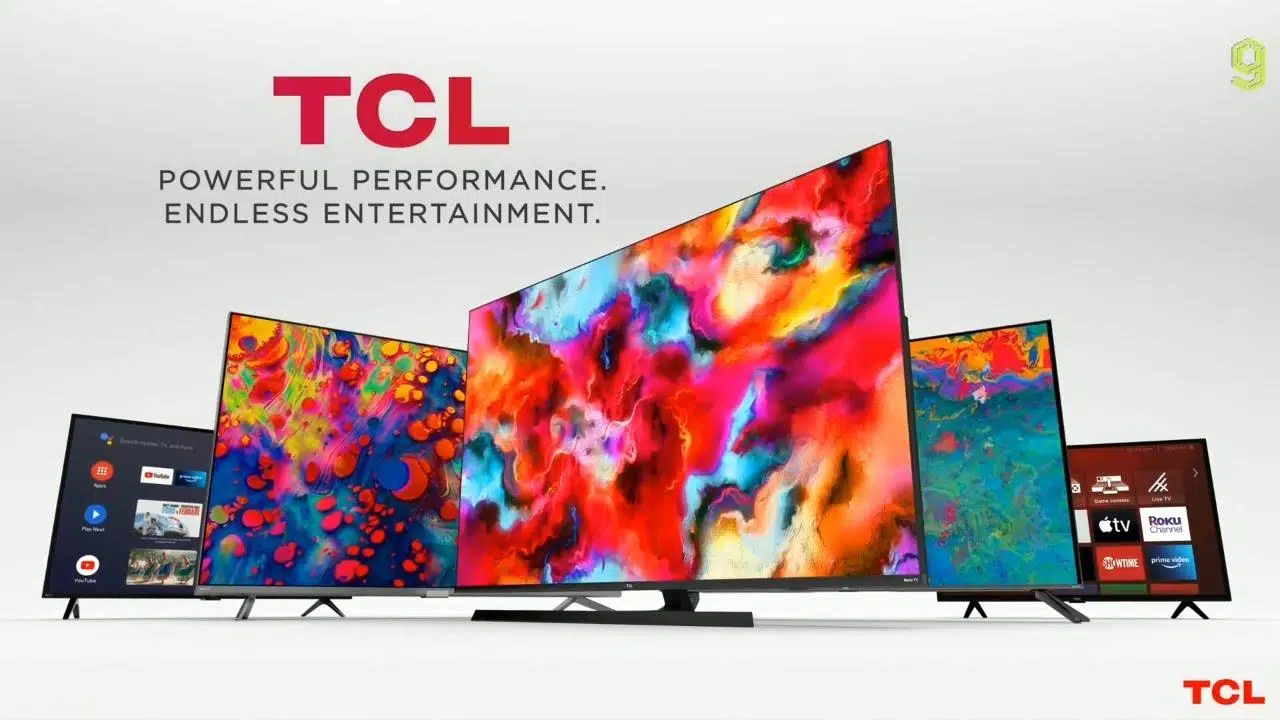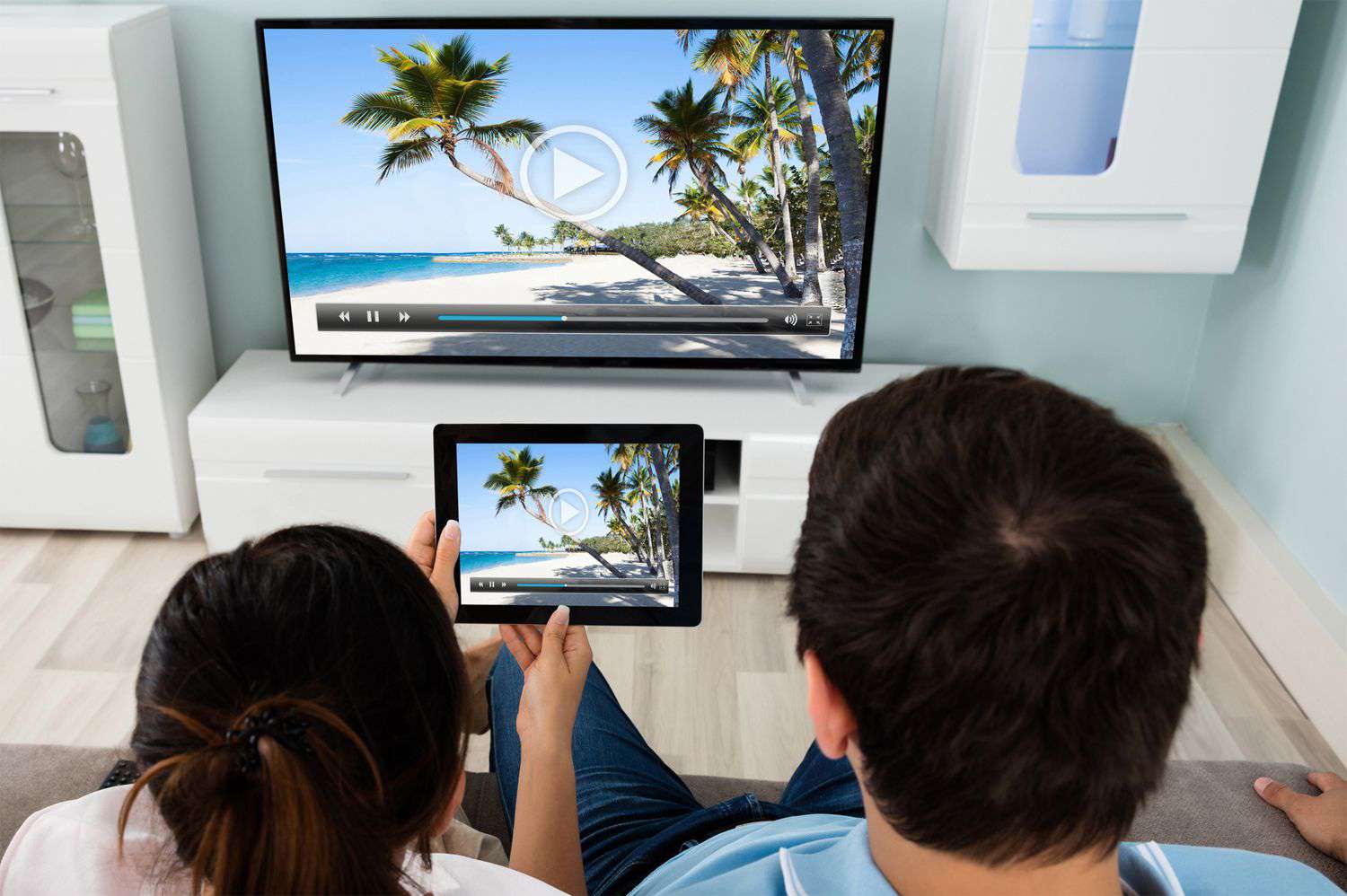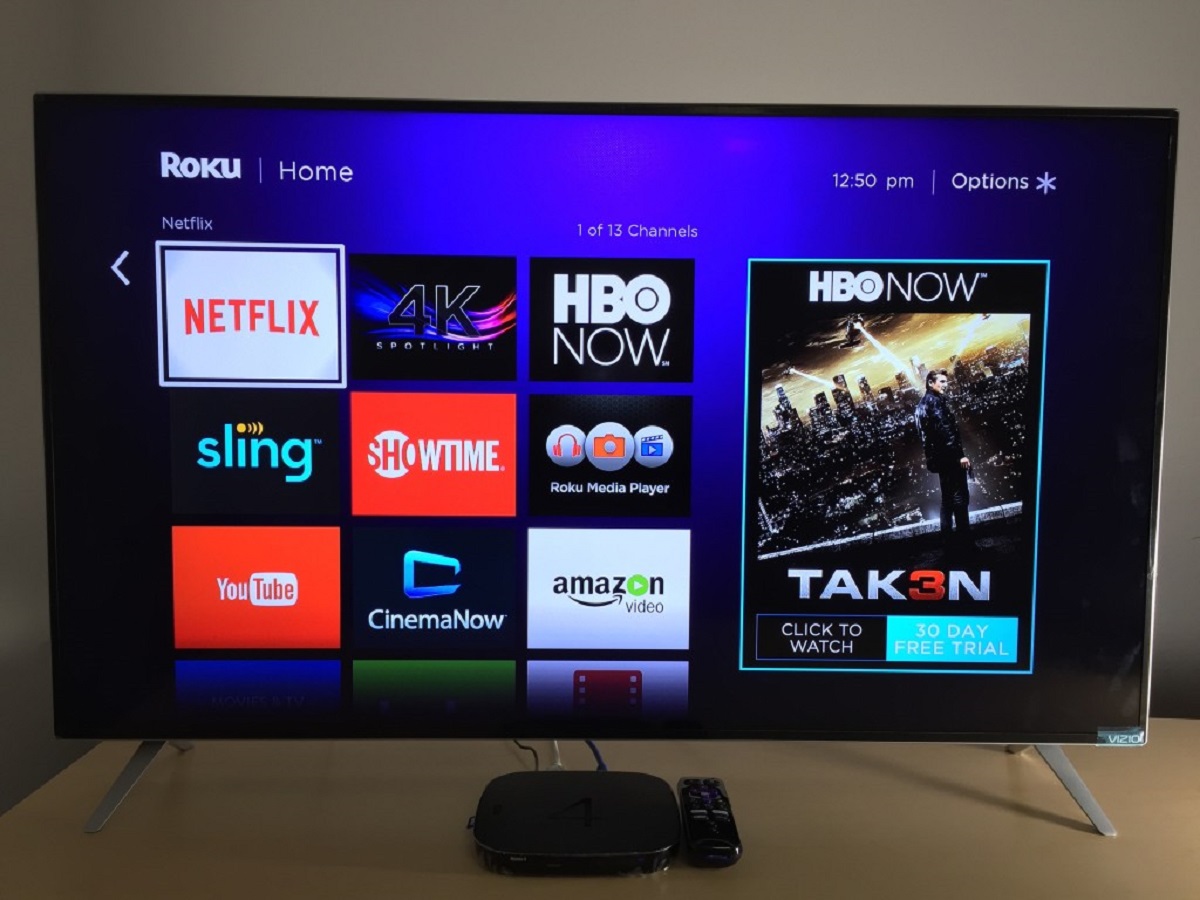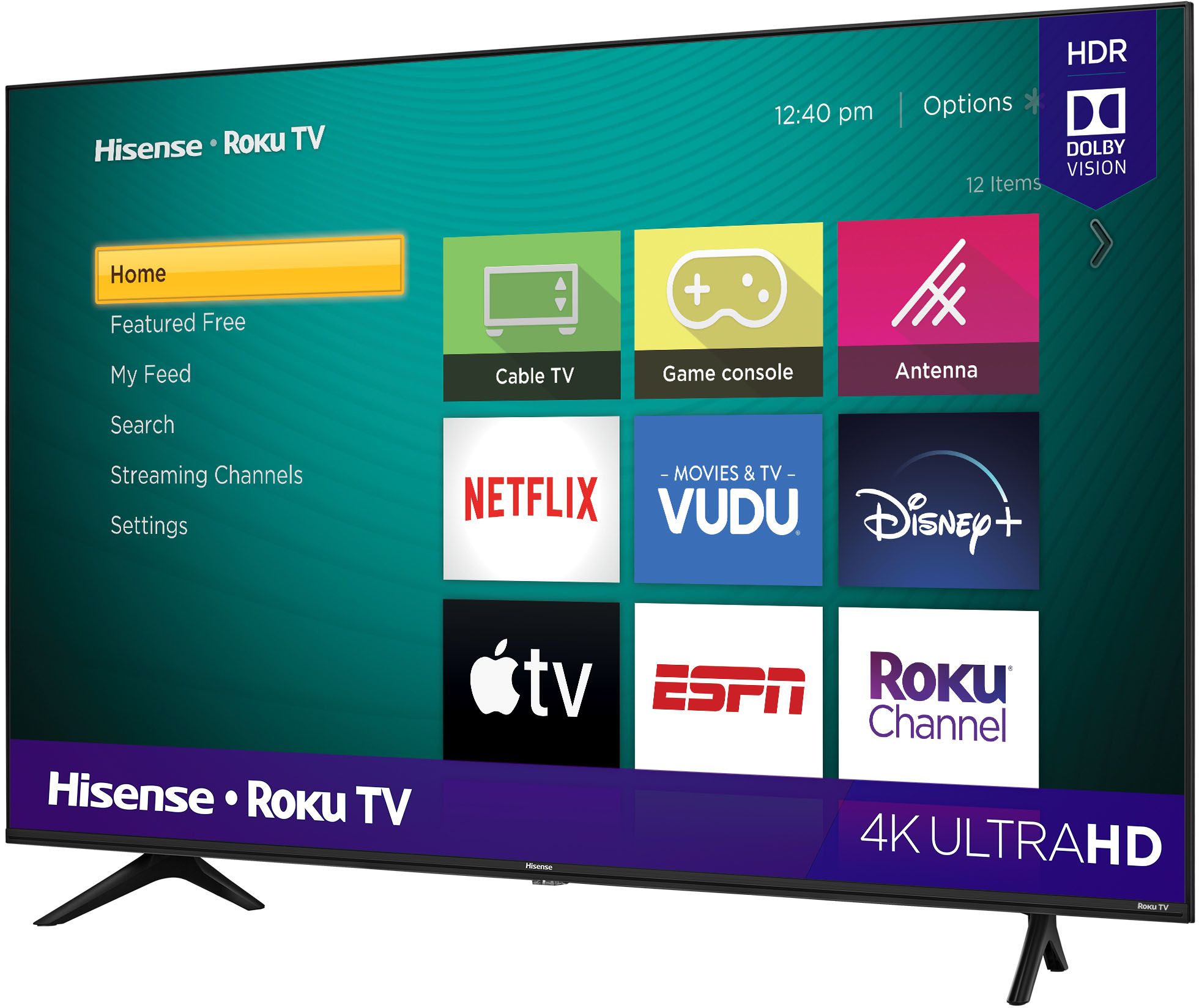Introduction
When it comes to streaming content on multiple TVs, many people wonder how many Roku devices they need. Roku devices have become increasingly popular due to their user-friendly interface and access to a wide range of streaming services. However, understanding how Roku devices work with multiple TVs can be a bit confusing.
Roku is a leading brand in the streaming media player market, offering a variety of devices to cater to different user needs. Whether you have a small apartment with a single TV or a larger household with multiple TVs, Roku has options that can meet your requirements.
In this article, we will explore the two options for using Roku devices with multiple TVs: using separate Roku devices for each TV or using a single Roku device to connect multiple TVs. We will examine the factors you should consider when deciding which option is best for you.
So, if you’re eager to enjoy your favorite shows and movies on multiple TVs within your home, let’s dive into the world of Roku devices and find out how many Roku devices you actually need!
Understanding Roku Devices
Roku devices are compact streaming media players that connect to your TV and provide access to a wide range of entertainment options. They offer a user-friendly interface that allows you to navigate through various streaming services, such as Netflix, Hulu, and Amazon Prime Video, to stream your favorite movies, TV shows, and more.
Roku devices are available in different models and variations to suit different needs and budgets. The most common Roku devices include Roku Streaming Stick, Roku Express, Roku Ultra, and Roku Premiere. These devices differ in terms of their features, performance, and pricing.
One of the key features of Roku devices is the Roku Channel Store. It offers a vast selection of channels and apps that you can install on your Roku device. These channels provide access to both free and paid content, allowing you to customize your streaming experience based on your preferences.
Roku devices also support various streaming resolutions, from standard definition (SD) to high definition (HD) and even 4K Ultra HD. This ensures that you can enjoy your content in the highest quality available, provided that your TV supports the corresponding resolution.
Moreover, Roku devices offer additional features such as voice control, private listening, and screen mirroring, allowing you to further enhance your streaming experience.
It’s important to note that Roku devices require an internet connection to function properly. They can be connected to your home Wi-Fi network or directly to your router via an Ethernet cable for a more stable connection.
Now that we have a better understanding of what Roku devices are, let’s explore how they can be set up and used with multiple TVs in your home.
How Roku Devices Work with Multiple TVs
Using Roku devices with multiple TVs in your home is a convenient way to enjoy streaming content on different screens. Roku provides two primary options for setting up multiple TVs with their devices: using separate Roku devices for each TV or using a single Roku device to connect multiple TVs.
Option 1: Using Separate Roku Devices for Each TV
If you prefer a more independent streaming experience for each TV, you can opt to use separate Roku devices for each TV in your home. This means installing a separate Roku device, such as a Roku Streaming Stick or Roku Express, on each TV.
With this option, each TV will have its own Roku device, allowing you to stream different content simultaneously on different screens. Each Roku device will need to be connected to its respective TV and to your home Wi-Fi network or router.
Option 2: Using a Single Roku Device with Multiple TVs
If you want a more centralized streaming setup, you can use a single Roku device to connect multiple TVs in your home. This option involves using a Roku device, such as Roku Ultra or Roku Premiere, connected to one TV as the main device, and then utilizing additional Roku TVs or Roku Streaming Sticks on the other TVs.
To set up a single Roku device with multiple TVs, you’ll need to activate the Roku device as the main device connected to the main TV. The additional Roku TVs or Roku Streaming Sticks can then be connected to the same home Wi-Fi network and linked to the main Roku device. This allows you to stream the same content on multiple TVs simultaneously.
It’s worth noting that with a single Roku device setup, some limitations may apply. For example, if you are streaming a paid subscription service, such as Netflix or Hulu, you may need to ensure that your plan allows for multiple simultaneous streams.
Factors to Consider When Choosing the Right Option
When deciding whether to use separate Roku devices or a single Roku device with multiple TVs, there are a few factors to consider:
- Number of TVs: Determine how many TVs you want to connect with Roku devices and consider the cost implications of buying multiple devices versus using a single device.
- Streaming Preferences: If each TV in your home has different viewers with unique content preferences, using separate Roku devices allows for personalized streaming experiences.
- Budget: Evaluate your budget and see which option aligns with your financial constraints.
- Streaming Needs: Consider your streaming habits, such as whether you frequently stream on multiple TVs simultaneously or if you prefer a centralized streaming experience.
Take the time to assess these factors and choose the option that best suits your needs and preferences.
Option 1: Using Separate Roku Devices for Each TV
Using separate Roku devices for each TV in your home provides a more independent streaming experience for each television. This option allows you to customize the content on each TV and stream different shows or movies simultaneously. Here’s what you need to know about this option:
1. Set up process: To use this option, you will need to purchase separate Roku devices, such as Roku Streaming Sticks or Roku Express, for each TV. Each Roku device comes with its own remote and connects directly to the respective TV’s HDMI port. The setup process is straightforward, allowing you to quickly connect the device and follow the on-screen instructions to link it to your home Wi-Fi network.
2. Individual streaming preferences: Using separate Roku devices allows each TV viewer to have their own streaming preferences. This means one person can stream their favorite shows while another family member watches a movie on a different TV. It provides the flexibility for everyone to enjoy their preferred content without any conflicts.
3. Access to different channels: With separate Roku devices, you can install different channels and apps on each device, tailoring the streaming experience to each TV viewer. For example, if one family member enjoys sports, they can install sports-related channels, while another family member can focus on channels that offer cooking shows or documentaries.
4. Independent control: Each Roku device has its own remote control, allowing individual control over the TV and Roku device. This means that viewers can adjust the volume, pause, rewind, or navigate through the content without affecting the other TVs and Roku devices in the house.
5. Cost considerations: Using separate Roku devices for each TV does involve a higher upfront cost compared to other options. However, it provides more flexibility and customization options for each TV viewer. Additionally, if you already have multiple TVs in your home, using separate devices may be a more practical choice.
Ultimately, this option suits households where each TV viewer has distinct preferences or if the TVs are located in different rooms or areas of the house. It provides the freedom for each family member to enjoy their favorite content on their own terms, without any limitations or disruptions.
Option 2: Using a Single Roku Device with Multiple TVs
Using a single Roku device to connect multiple TVs in your home provides a centralized streaming experience, allowing you to stream the same content on different screens simultaneously. Here’s what you need to know about this option:
1. Main Roku device: In this setup, you will need a main Roku device, such as Roku Ultra or Roku Premiere, connected to one TV. This device will act as the central hub, controlling the streaming content for all the TVs in your home.
2. Additional Roku TVs or Streaming Sticks: To connect the other TVs in your home, you can use Roku TVs or Roku Streaming Sticks. These devices will be linked to the main Roku device, allowing them to mirror the content being streamed on the main TV.
3. Simultaneous streaming: With a single Roku device setup, you can stream the same content across all the connected TVs. This is especially useful when you want to enjoy a movie or show with your family in different rooms or areas of the house.
4. Cost-effective: Using a single Roku device with multiple TVs can be more cost-effective compared to purchasing separate devices for each TV. It eliminates the need to buy multiple devices and simplifies the setup process by using the main Roku device as the central streaming hub.
5. Potential limitations: While using a single Roku device can be convenient, there might be some limitations to consider. For example, if you have a paid subscription to streaming services, you may need to ensure that your plan allows for multiple simultaneous streams. Some services may have restrictions on the number of devices that can access content at the same time.
Using a single Roku device with multiple TVs is an ideal choice if you want a centralized streaming experience and want to simplify the setup process. It is particularly useful for households where family members want to watch the same content together, regardless of the room or TV they are in.
Remember to consider factors such as the number of TVs, your streaming preferences, and your budget when deciding between using separate devices or a single Roku device. Both options have their own advantages, so choose the one that best suits your needs and enhances your streaming experience.
Factors to Consider When Choosing the Right Option
When deciding whether to use separate Roku devices for each TV or a single Roku device with multiple TVs, there are several factors to consider. These factors will help you determine the best option that suits your streaming needs and preferences:
- Number of TVs: Assess the number of TVs you want to connect with Roku devices. If you have multiple TVs in your home, using separate devices might be more practical, whereas using a single device could be suitable if you have only a few TVs.
- Streaming Preferences: Take into account the preferences of the viewers in your household. If each TV viewer has unique content preferences and wants personalized streaming experiences, using separate Roku devices will be ideal. However, if your family often watches shows or movies together, using a single Roku device to stream the same content on multiple TVs can enhance the shared viewing experience.
- Budget: Consider your budget and compare the cost implications of using separate Roku devices versus a single device. Separate devices may require a higher upfront cost since you’ll need to purchase multiple devices, while a single device setup might be more cost-effective in the long run.
- Streaming Needs: Think about your streaming habits. If you frequently stream on multiple TVs simultaneously and each person has different preferences, separate Roku devices offer more flexibility. On the other hand, if you prefer a centralized streaming experience where everyone watches the same content, a single Roku device with multiple TVs is a more suitable option.
By considering these factors, you can make an informed decision on whether to use separate Roku devices or a single Roku device with multiple TVs. It’s important to choose the option that aligns with your household dynamics, budget, and streaming habits to ensure an enjoyable and seamless streaming experience.
Conclusion
Choosing the right option for using Roku devices with multiple TVs depends on various factors such as the number of TVs, streaming preferences, budget, and streaming needs. Whether you decide to use separate Roku devices for each TV or a single Roku device to connect multiple TVs, both options offer unique advantages.
If you prefer a more independent streaming experience for each TV viewer, using separate Roku devices is the way to go. This option allows for personalized streaming preferences, access to different channels on each TV, and individual control over the content. However, it may involve a higher upfront cost since you’ll need to purchase multiple devices.
On the other hand, using a single Roku device with multiple TVs provides a centralized streaming experience. It allows you to stream the same content simultaneously on different TVs, making it ideal for shared viewing experiences. This option can be more cost-effective, but it may have limitations on the number of simultaneous streams based on your streaming service subscriptions.
Ultimately, the choice between using separate Roku devices or a single Roku device depends on the dynamics of your household, your budget, and your streaming preferences. Consider the number of TVs you want to connect, the need for personalized streaming, and your preferred setup. Taking these factors into account will help you make an informed decision that enhances your streaming experience.
With Roku devices, you have the flexibility to enjoy your favorite shows, movies, and more on multiple TVs within your home. Explore the options, weigh the pros and cons, and choose the option that best suits your needs. Whether you opt for separate devices or a single device, Roku devices will bring endless entertainment to every screen in your household. Happy streaming!







